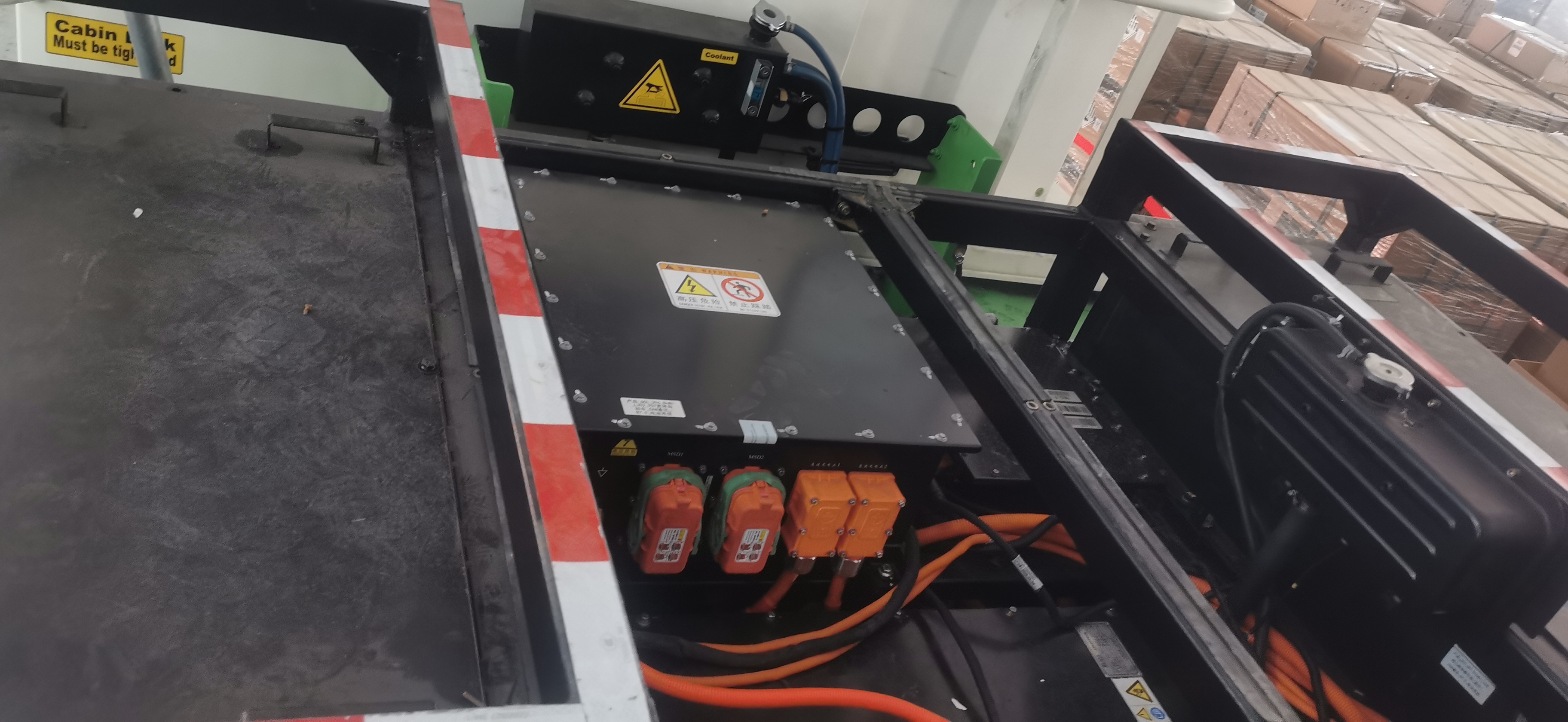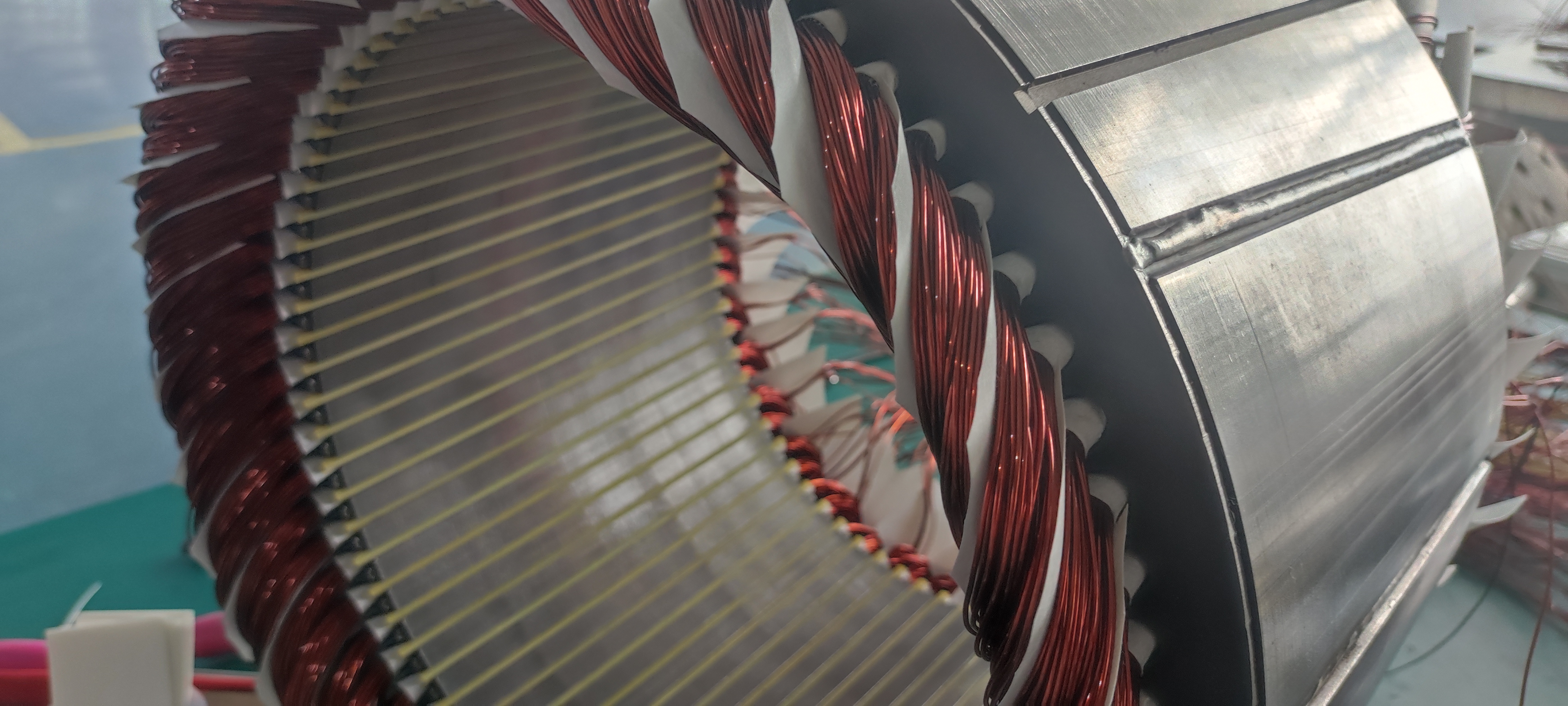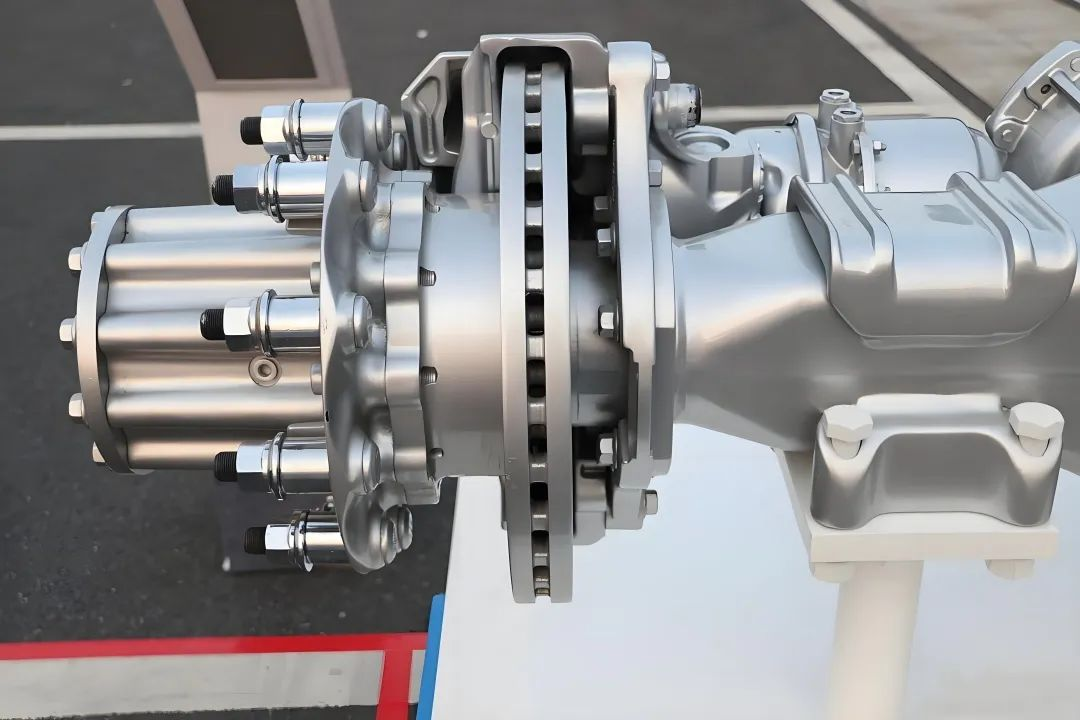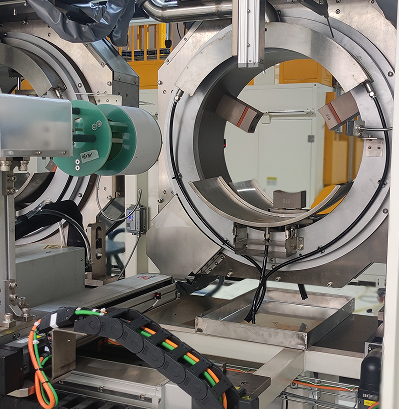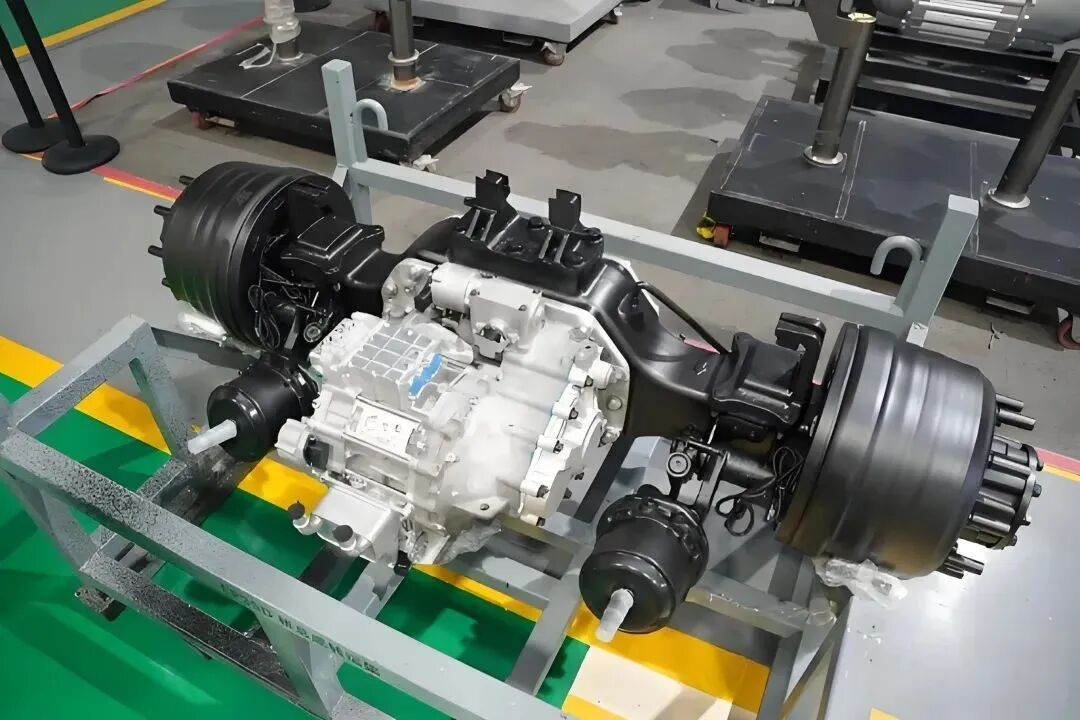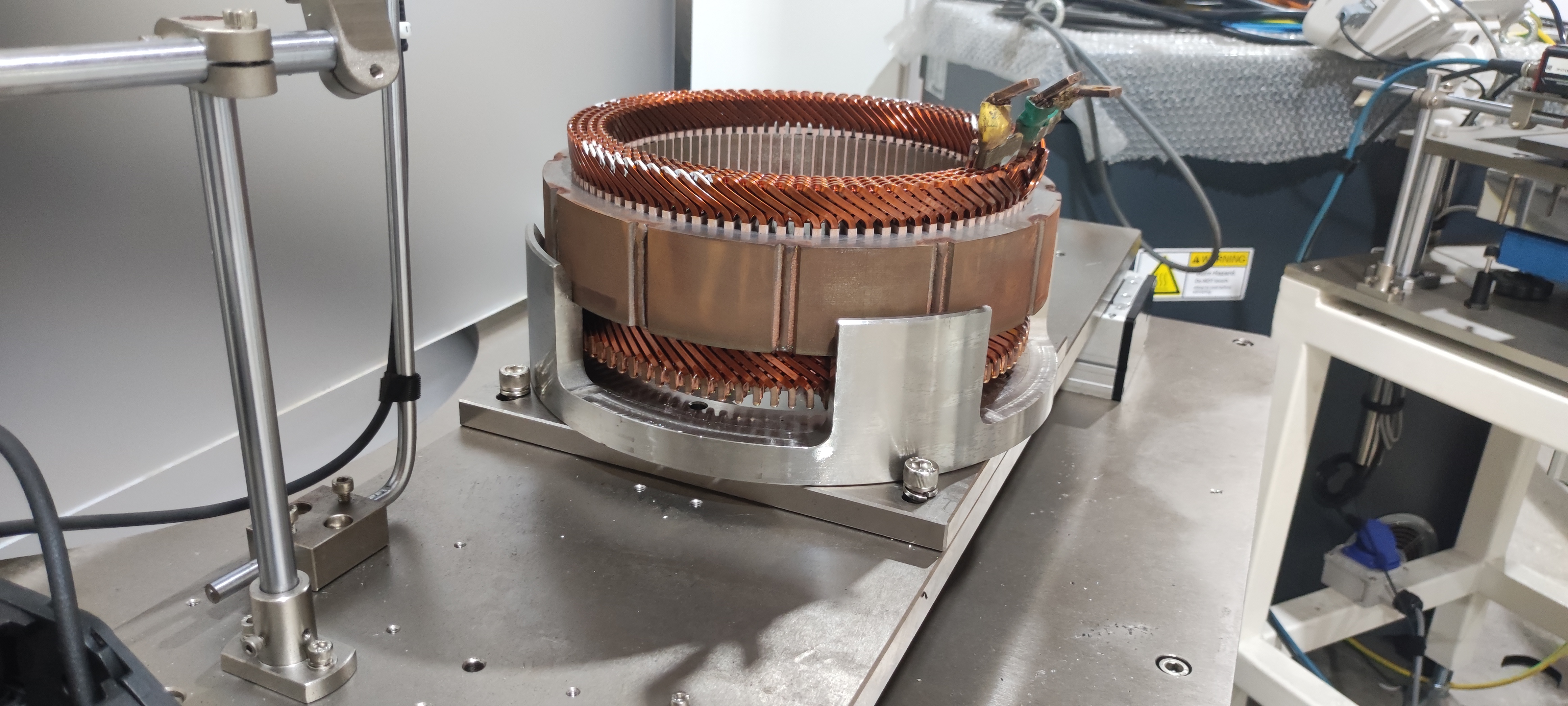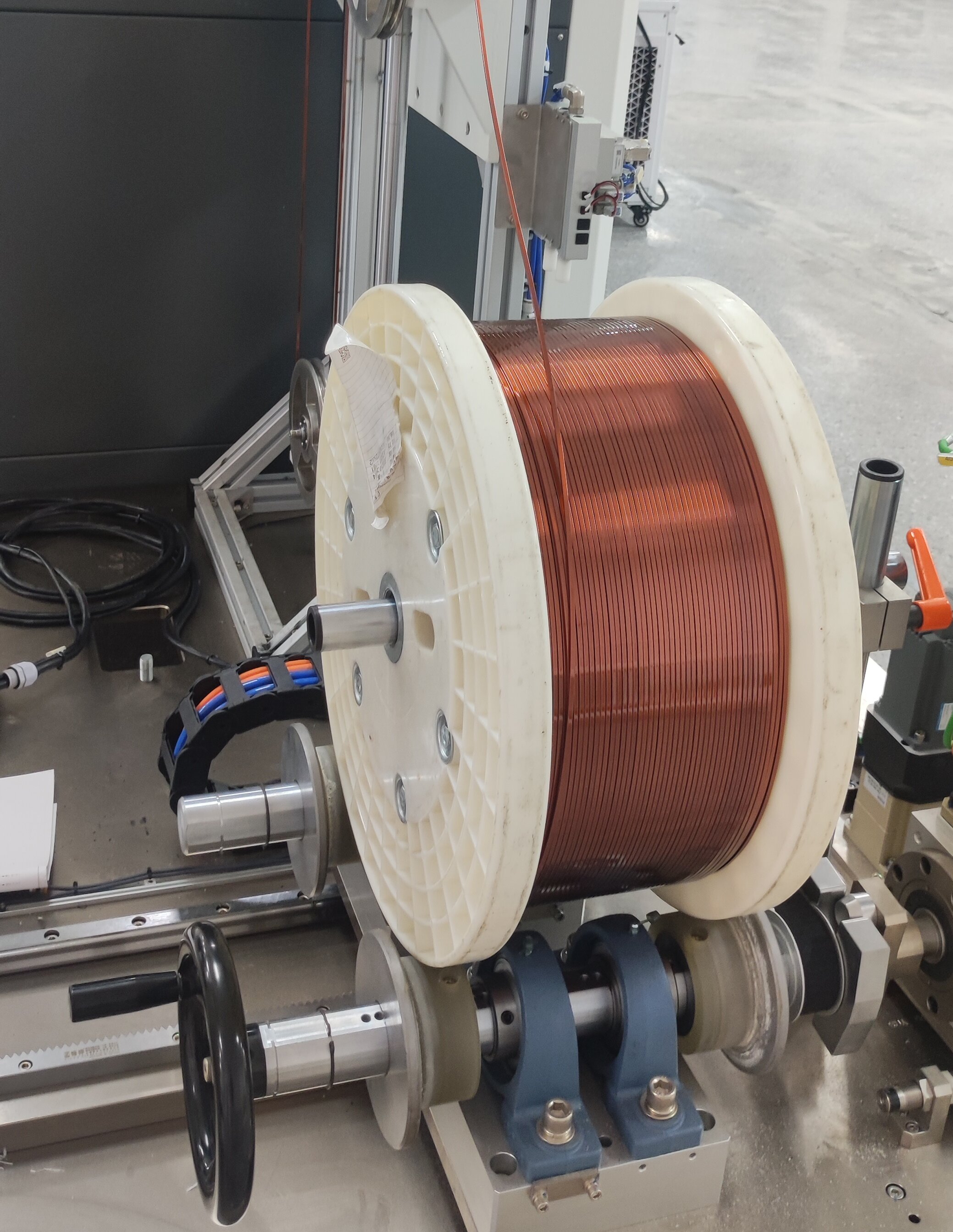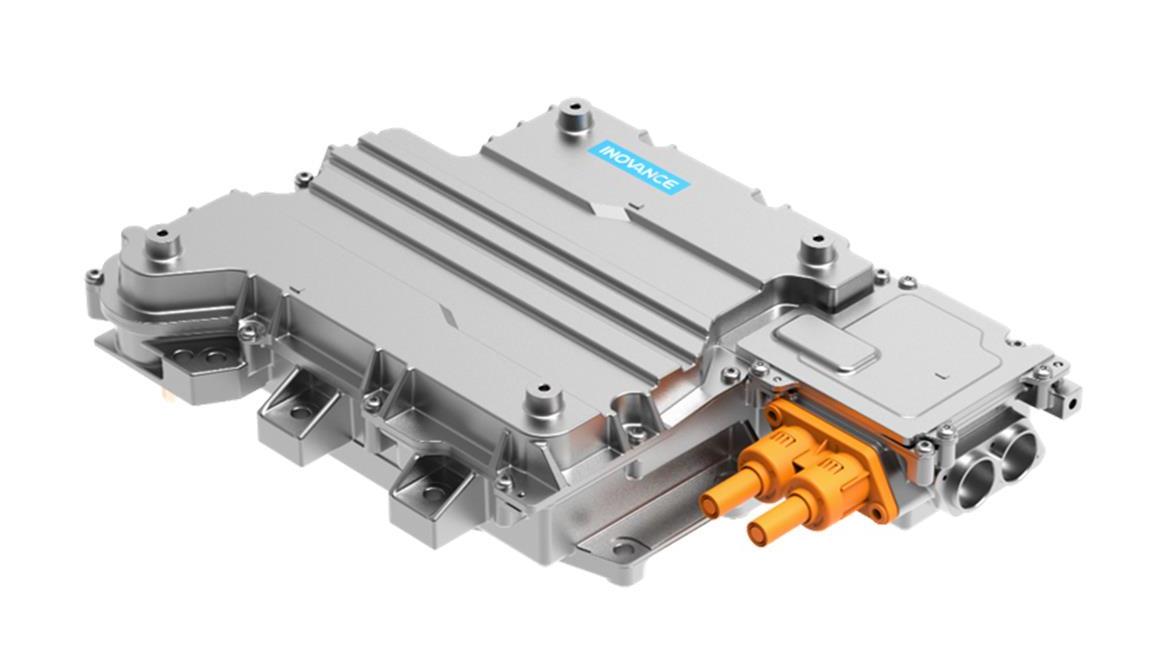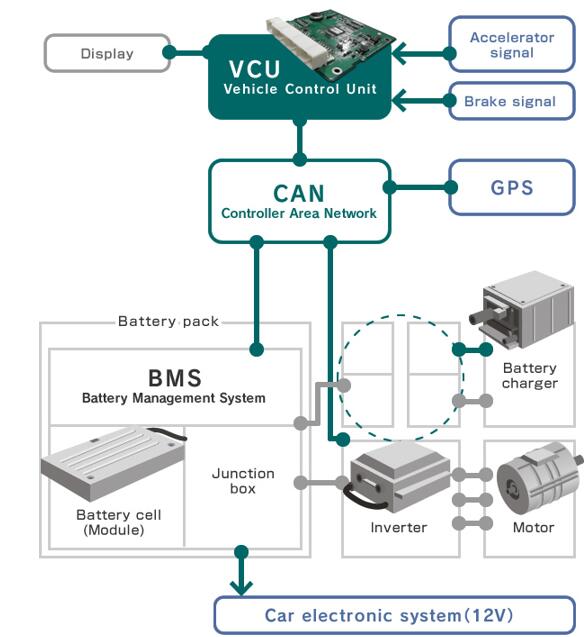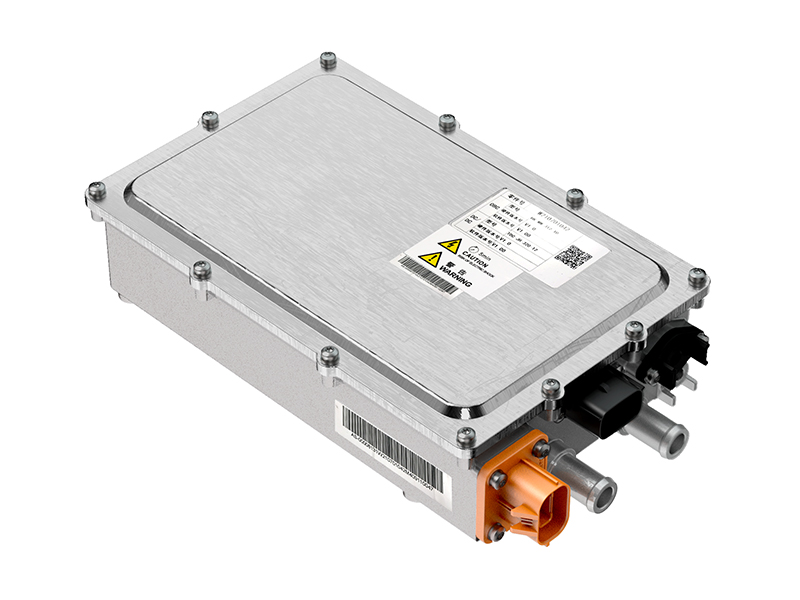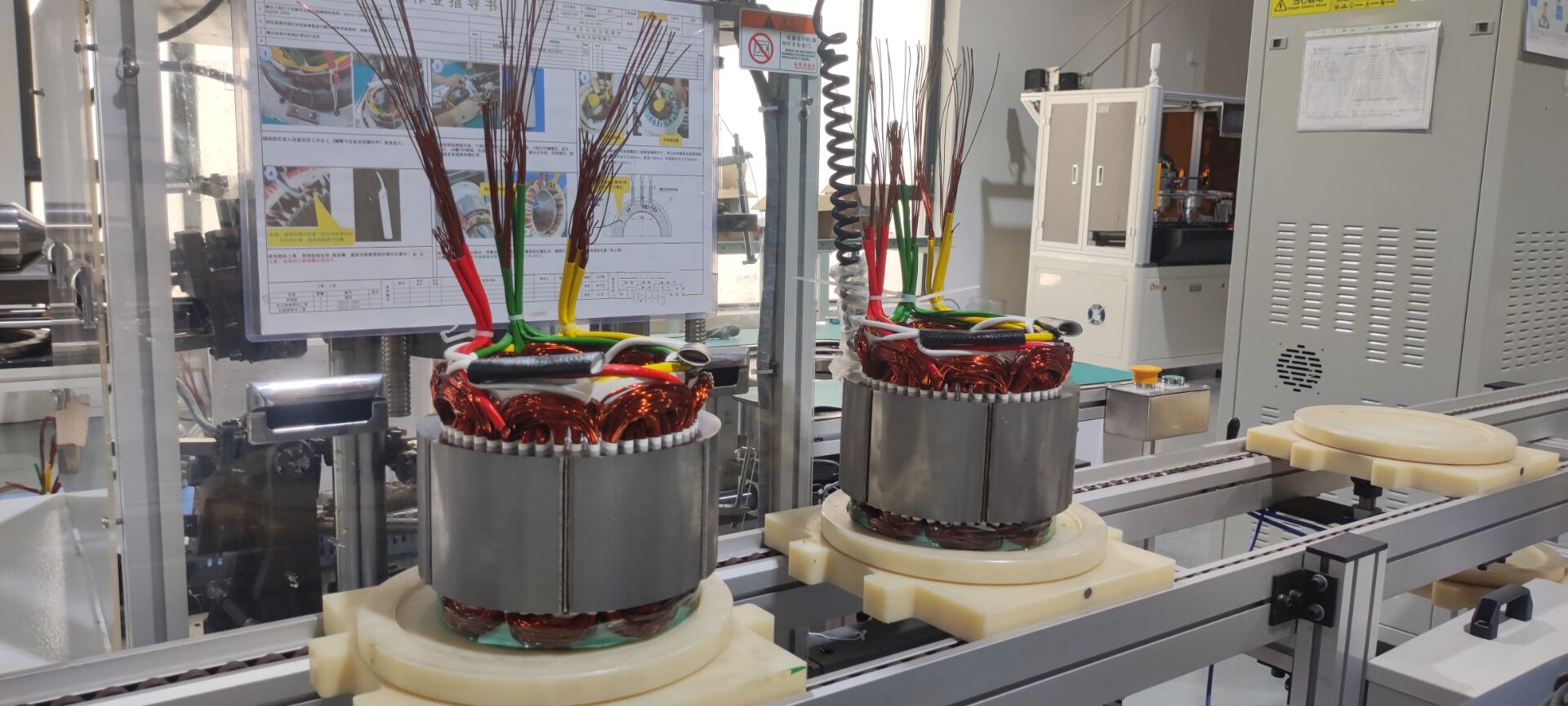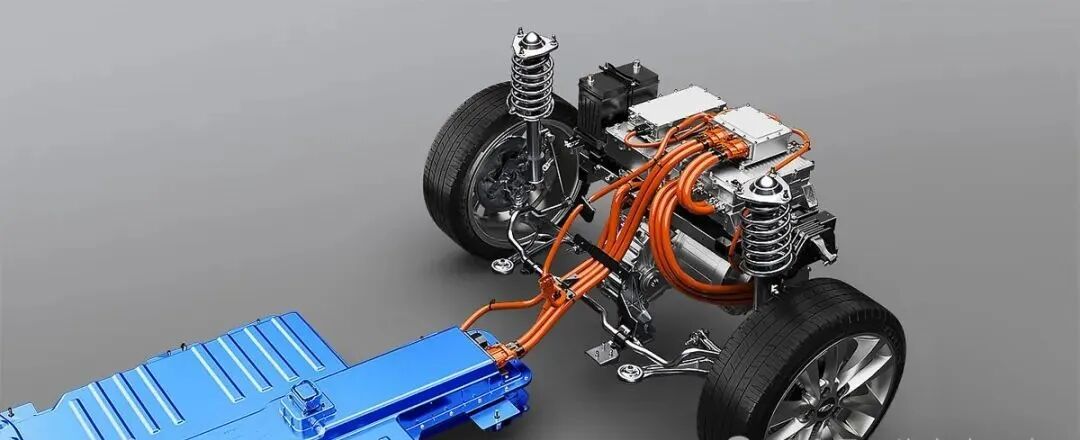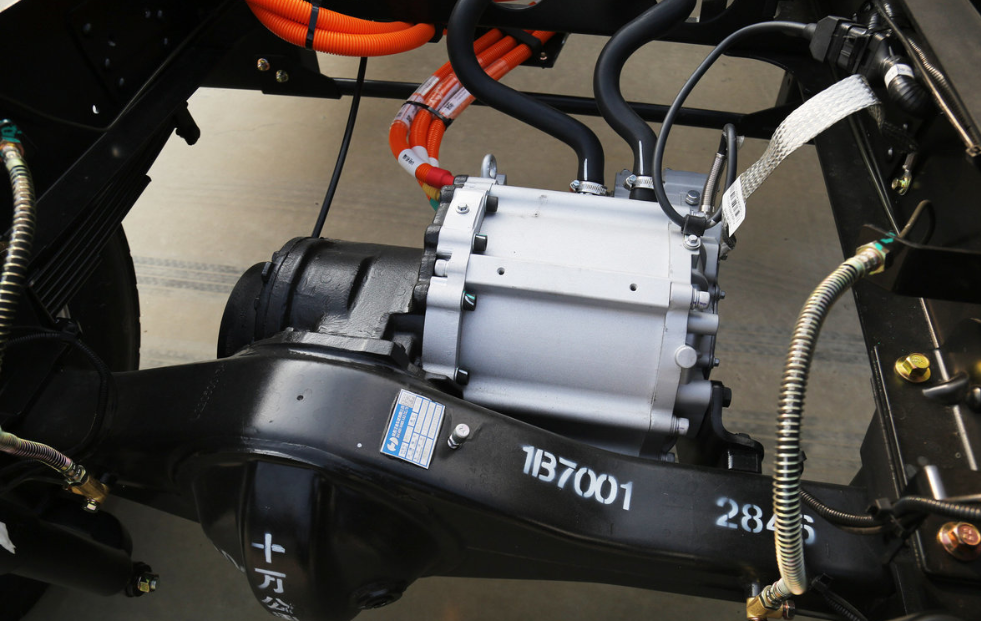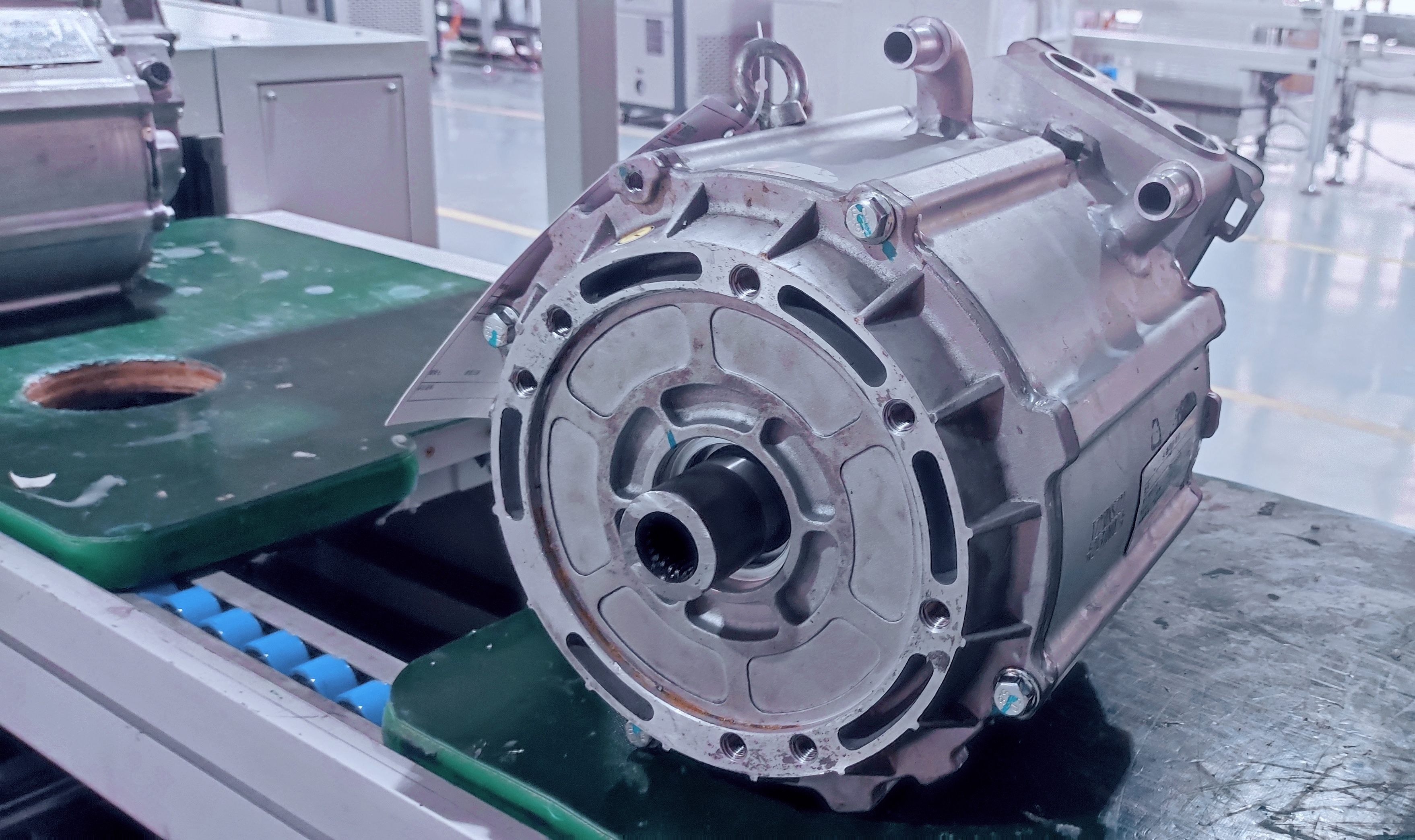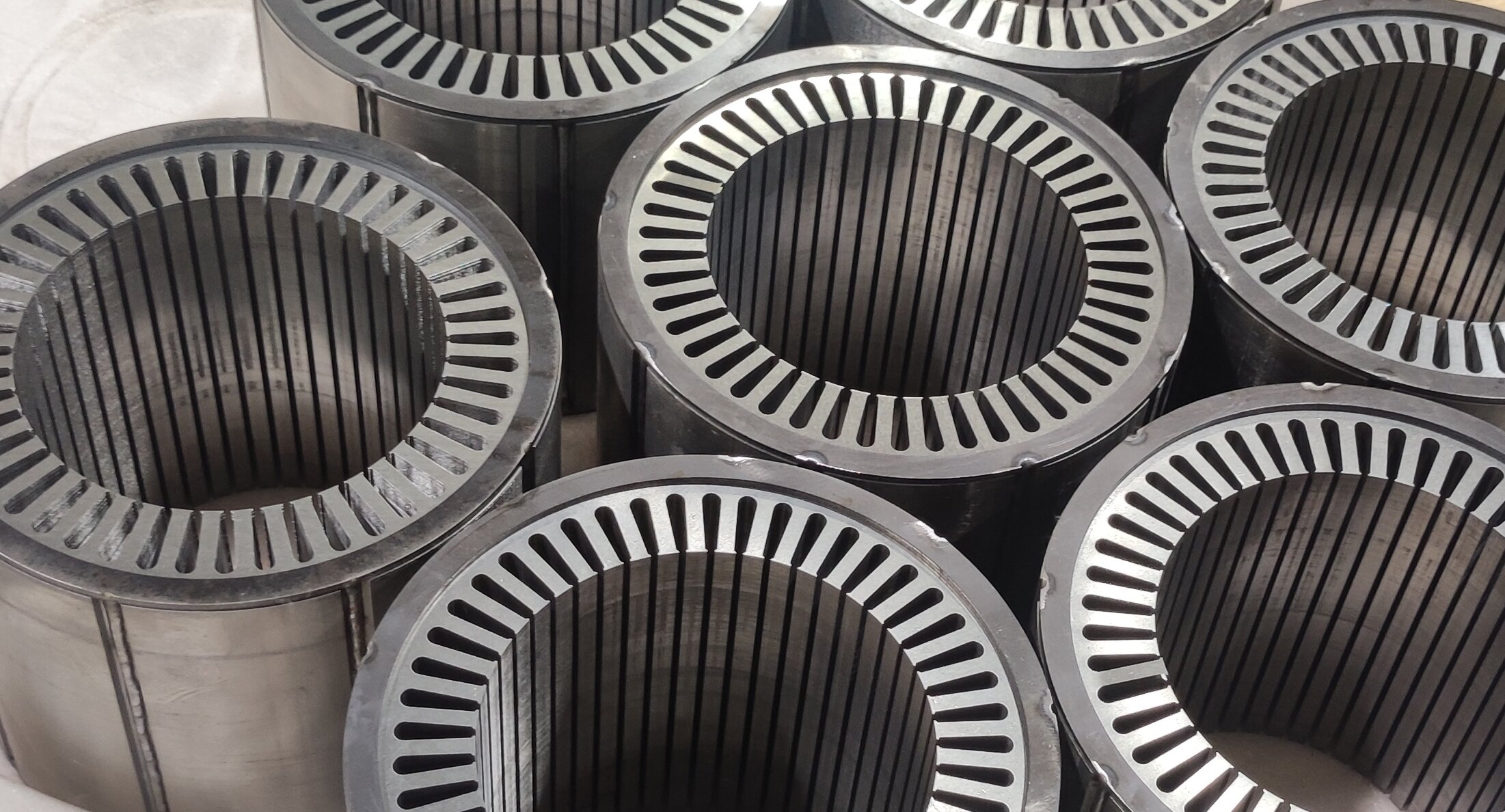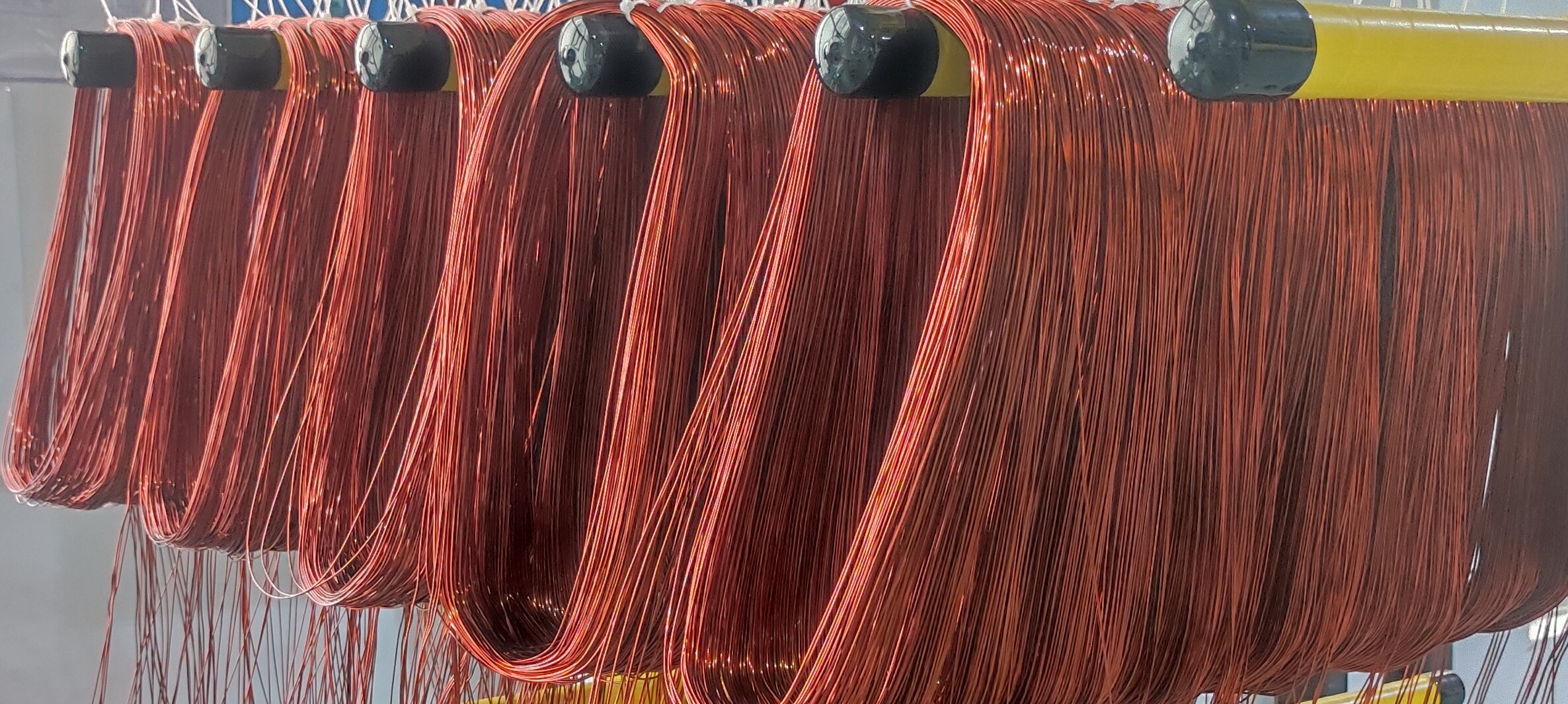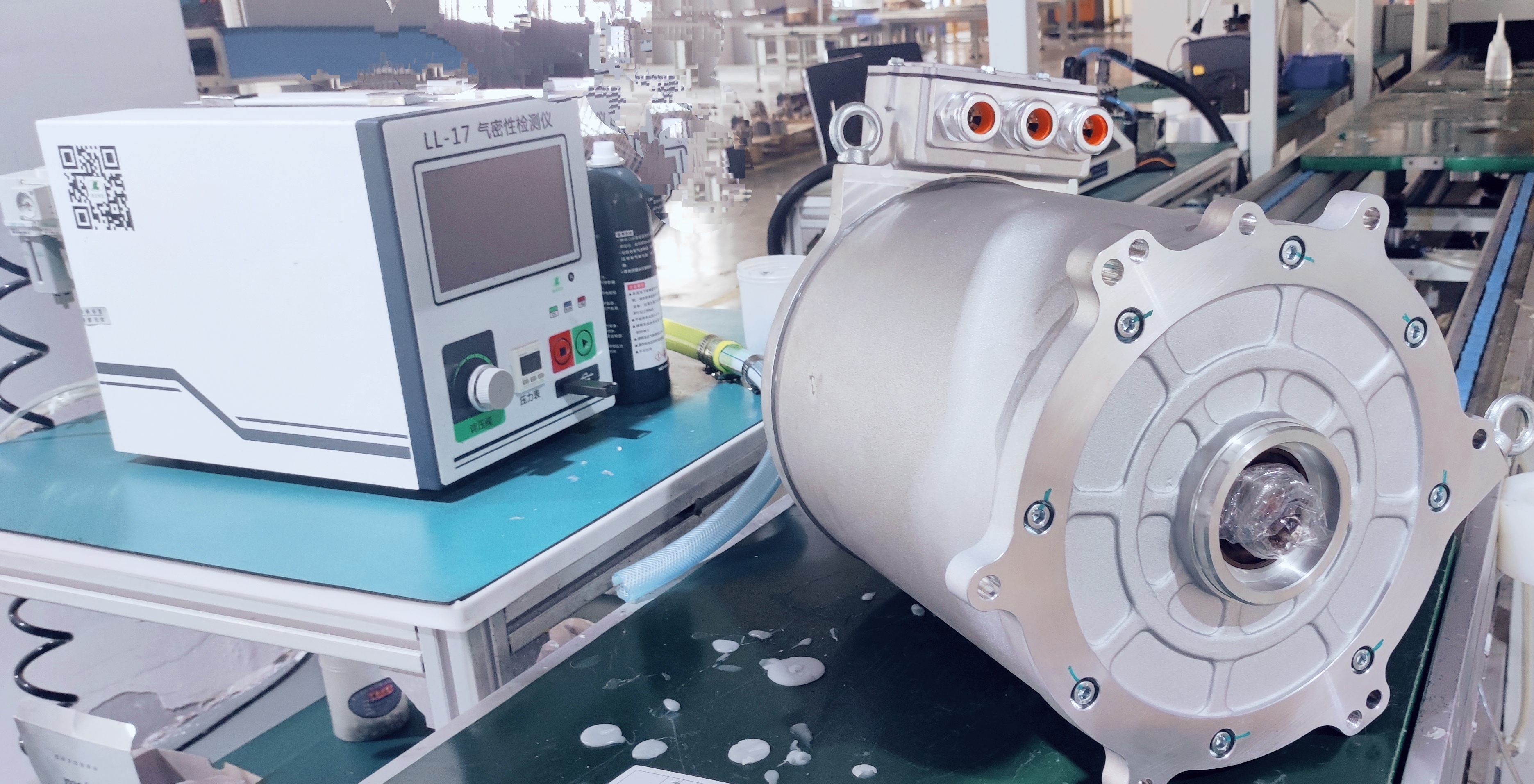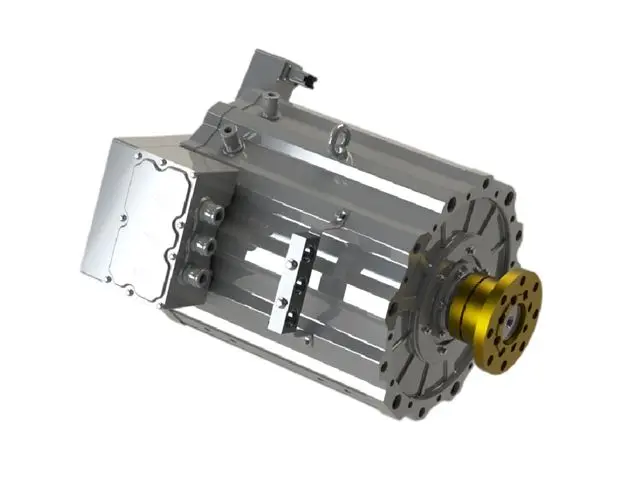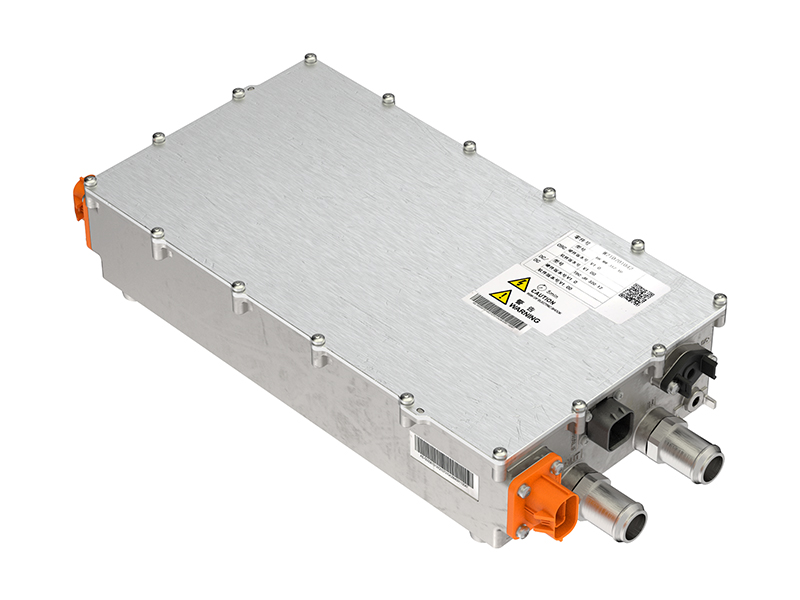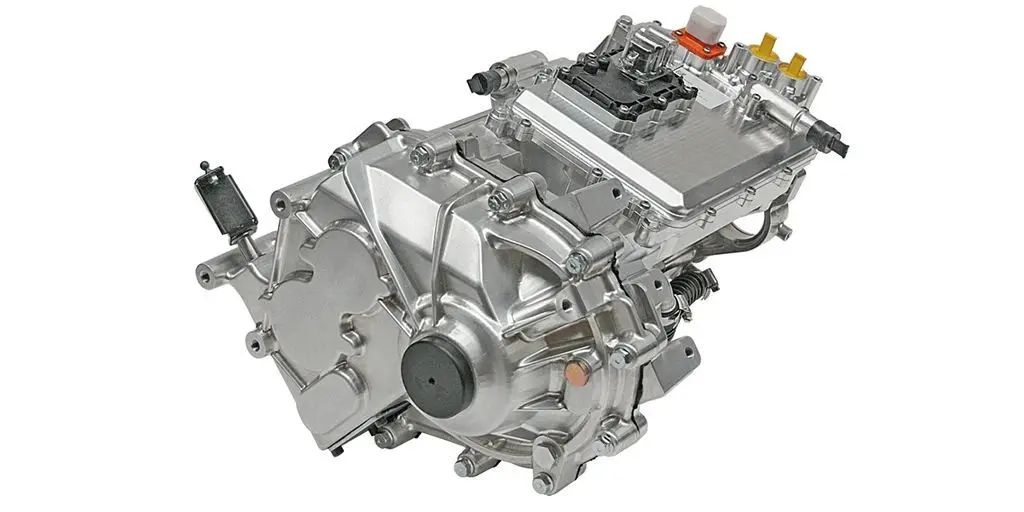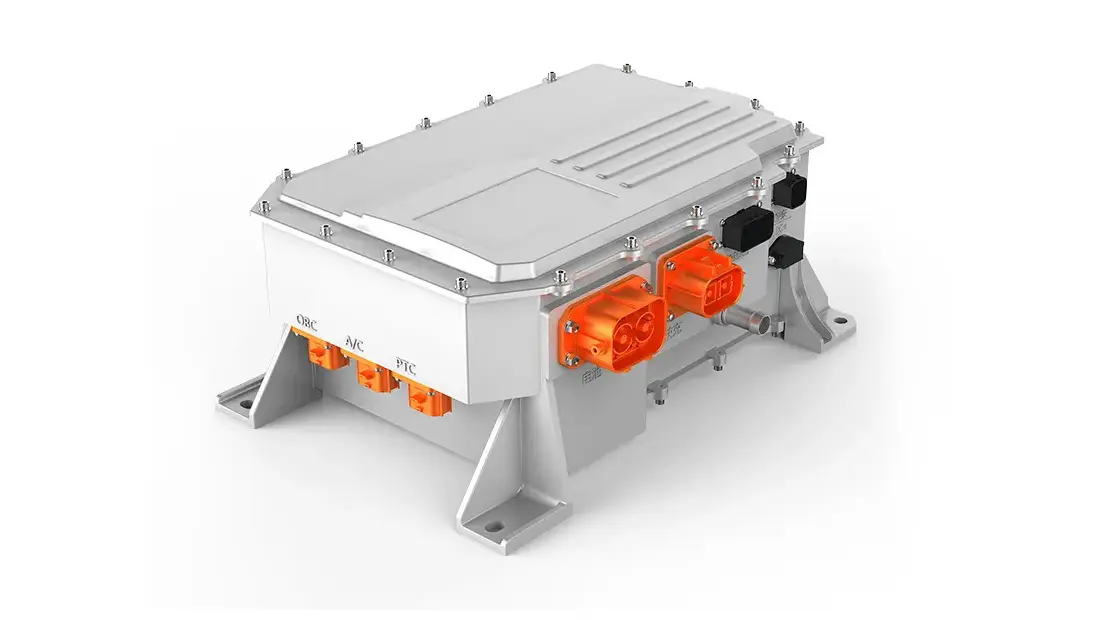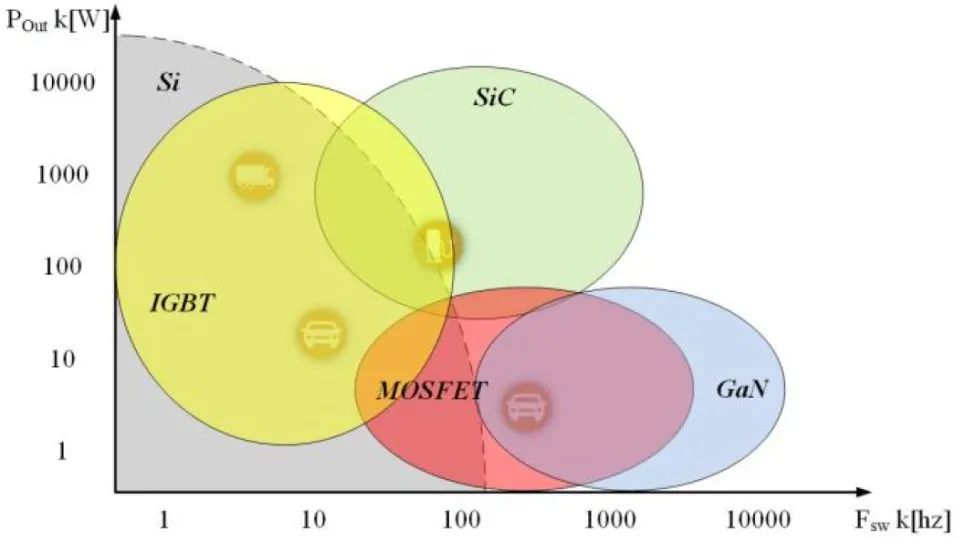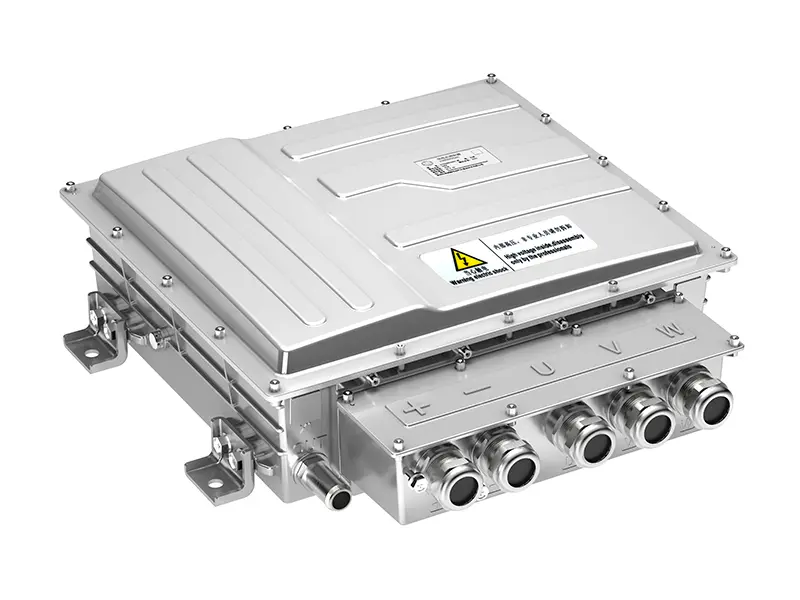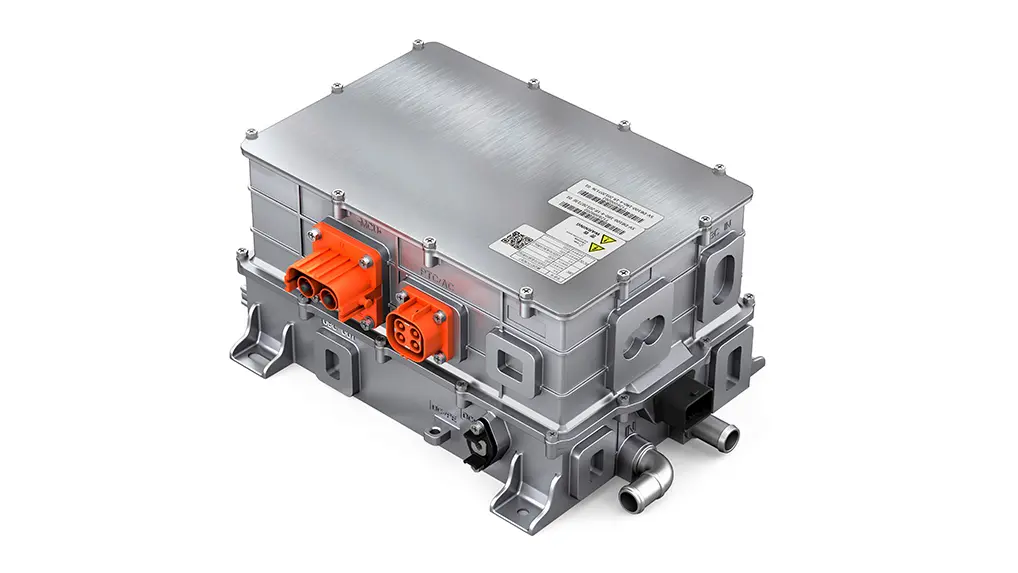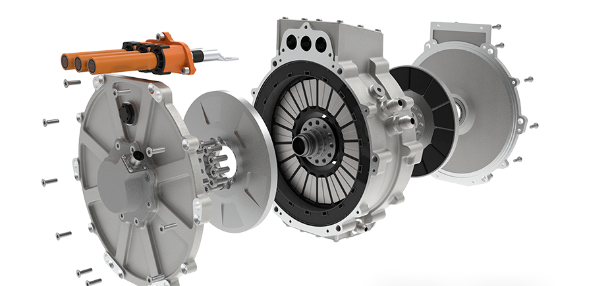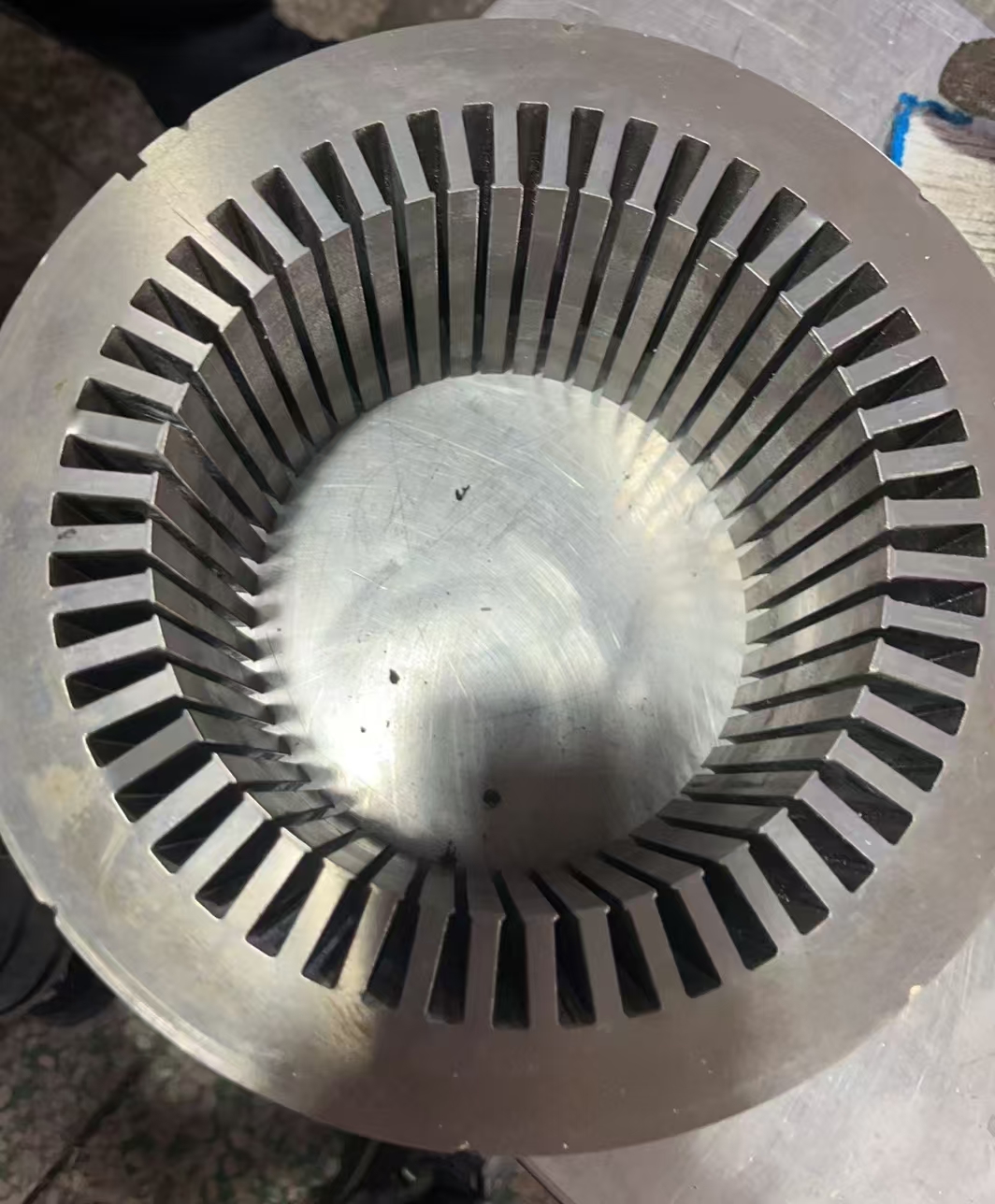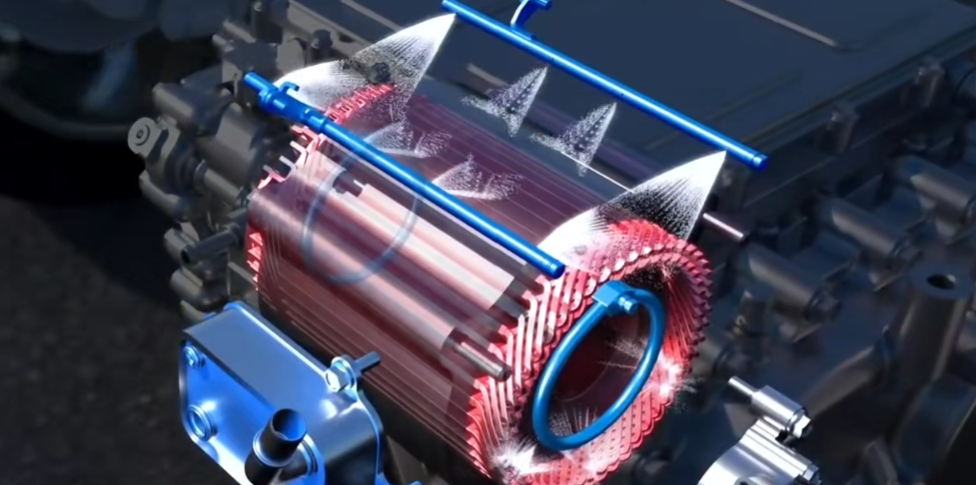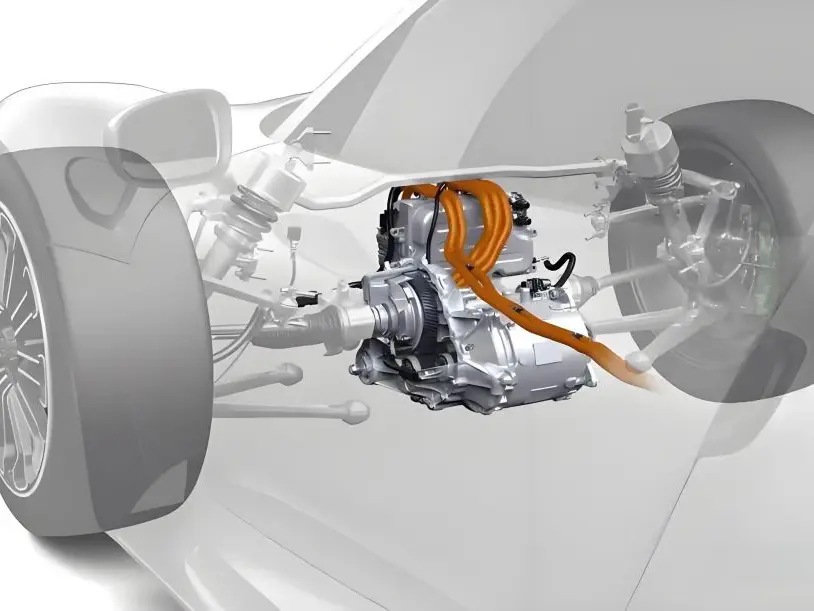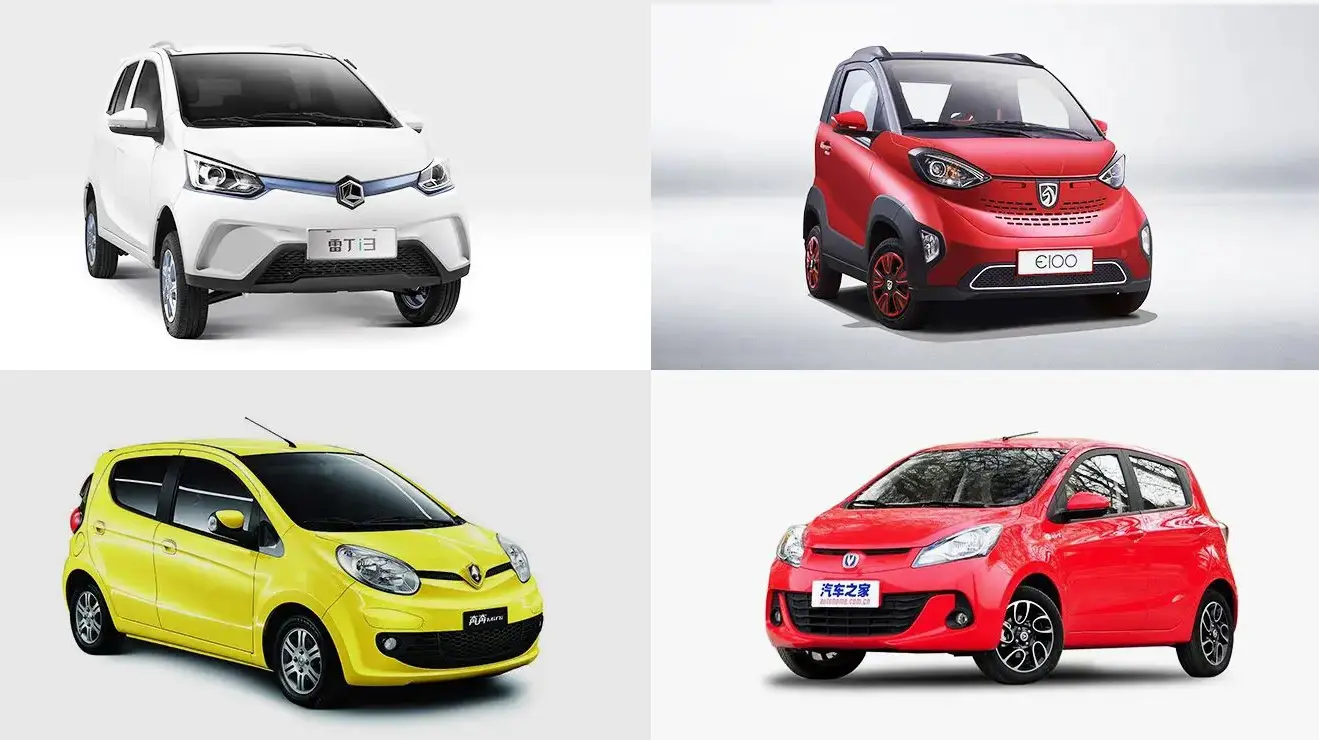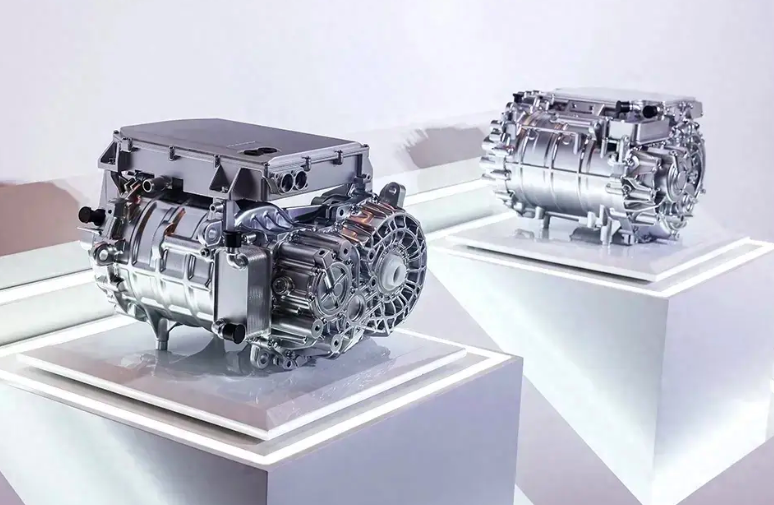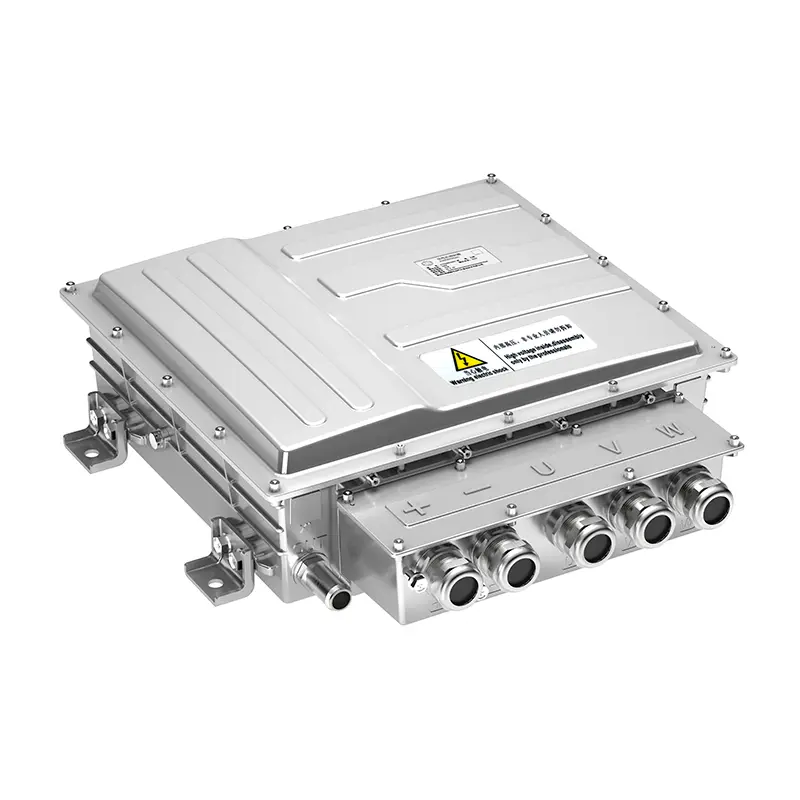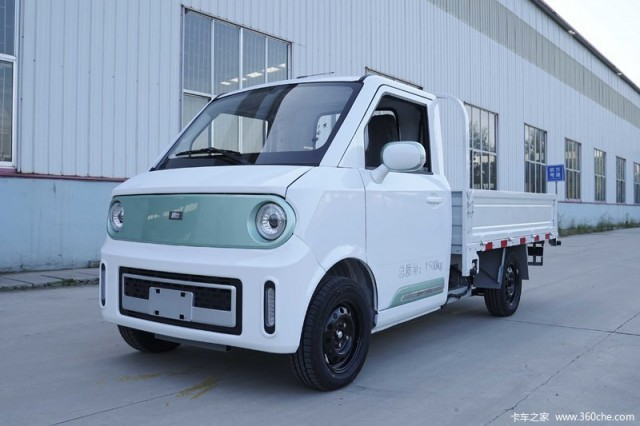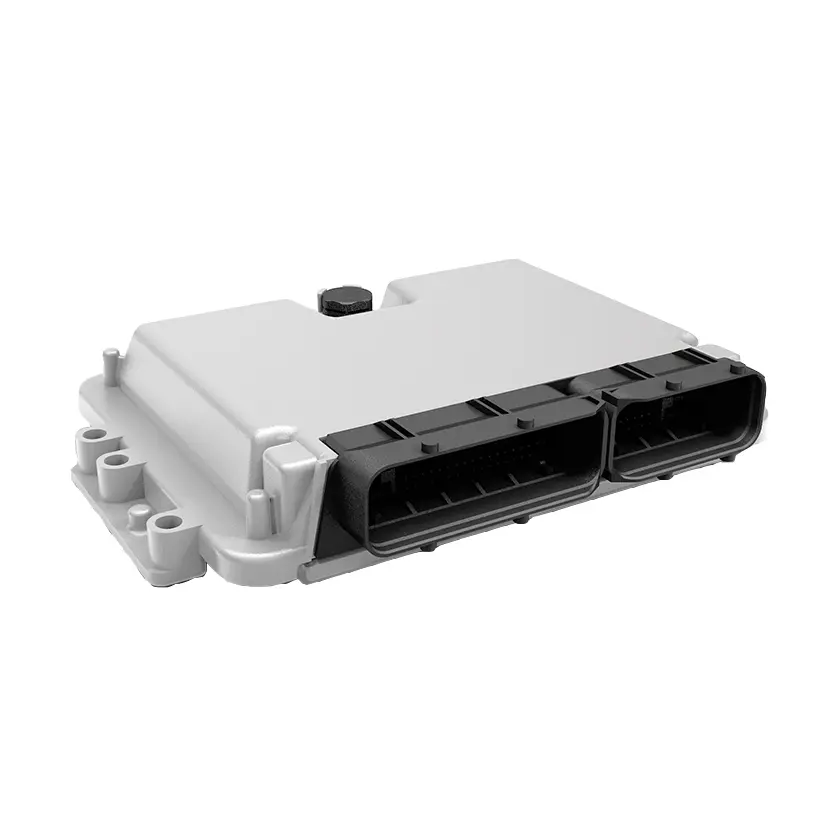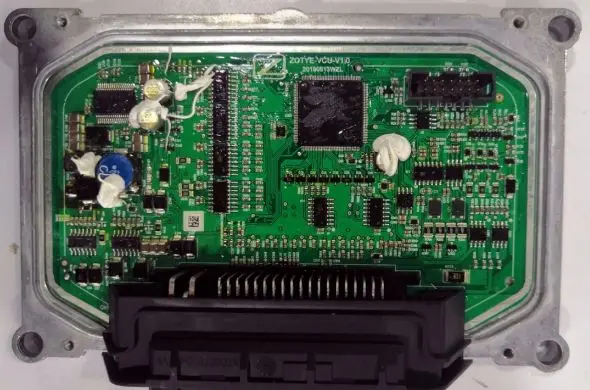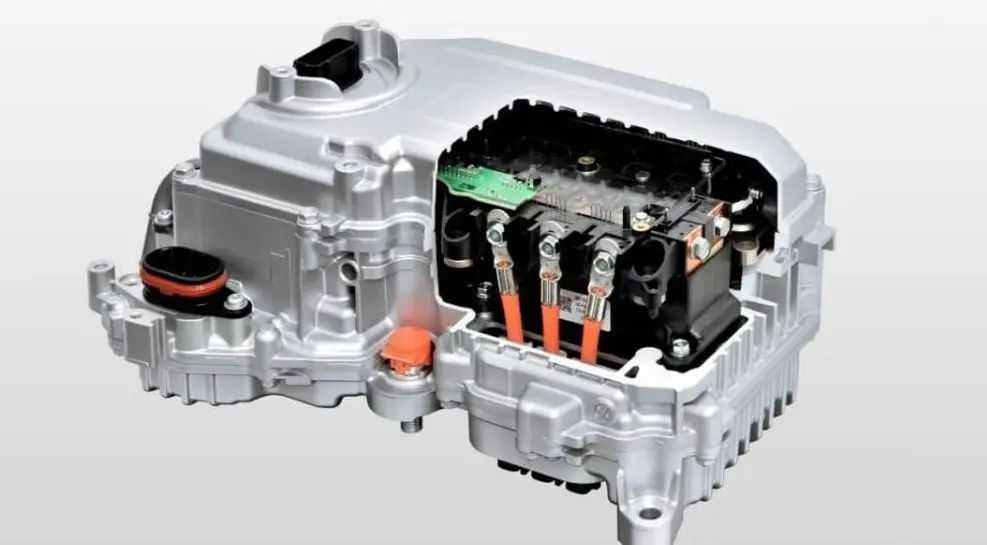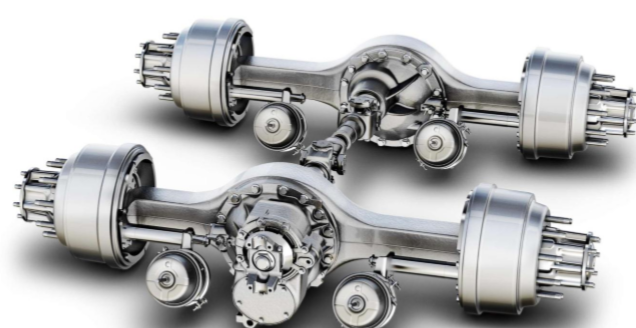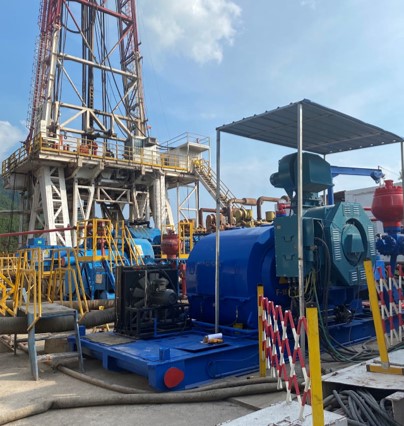Why Rare Earth Magnets Matter in EV Motor Design
Brief Explanation of the Rise of Electric Vehicles (EVs) Globally
The world is in the middle of a transportation revolution. Electric vehicles (EVs) are no longer just futuristic prototypes or expensive luxury novelties; they’re rapidly becoming the standard for personal and commercial transportation. Governments, automakers, and consumers alike are aligning toward a greener, more sustainable future — and EVs are at the heart of that vision.
In 2023 alone, global EV sales crossed 14 million units, marking a year-on-year growth of over 30%. Analysts project that by 2030, EVs could account for over 60% of new vehicle sales in major markets such as Europe and China. This rapid adoption is driven by several converging factors:
- Climate Commitments: Countries are setting ambitious targets to reduce greenhouse gas emissions. Many have announced plans to ban new internal combustion engine (ICE) vehicle sales by the 2030s.
- Economic Viability: Falling battery costs and improved charging infrastructure have made EV ownership more accessible.
- Technological Advancements: Breakthroughs in battery chemistry, charging speed, and motor efficiency have enhanced EV performance.
- Changing Consumer Preferences: Drivers increasingly prioritize quiet rides, instant torque, and lower operating costs — all hallmarks of EVs.
While EV batteries often get the spotlight, the motor technology driving these vehicles is equally important. Specifically, the rare earth magnets used in EV motors are critical to achieving the performance, efficiency, and driving experience consumers expect.
Understanding Rare Earth Magnets
To appreciate the role of rare earth magnets in EVs, we first need to understand what they are — and what makes them so special.
Rare earth magnets are extremely powerful permanent magnets made from alloys of rare earth elements. These elements include:
- Neodymium (Nd) — The most common base for high-strength magnets used in EVs.
- Praseodymium (Pr) — Sometimes combined with neodymium to improve magnetic performance.
- Dysprosium (Dy) — Added to enhance thermal resistance.
- Terbium (Tb) — Offers even greater heat tolerance than dysprosium, though it is rarer and more expensive.
The two main types of rare earth magnets are:
1.Neodymium-Iron-Boron (NdFeB) magnets
Offer the highest magnetic strength available for their size.
Are relatively lightweight, enabling compact motor designs.
Widely used in PMSMs for EVs.
2.Samarium-Cobalt (SmCo) magnets
Better corrosion and temperature resistance than NdFeB.
More expensive, so they’re used in specialized applications.
Why they’re ideal for EVs:
Rare earth magnets can produce a very strong magnetic field in a small volume, which means motor designers can achieve high torque and power density without making motors bulky or heavy. This is essential for maximizing driving range and performance.
Why Rare Earth Magnets Are Crucial in EV Motor Design
In EVs, efficiency is everything. Every watt of energy saved in the motor translates directly into longer driving range and reduced battery size — which in turn lowers costs and improves vehicle packaging.
Rare earth magnets are crucial because they allow EV motors to:
Produce high torque at low speeds without requiring heavy gearboxes.
Maintain efficiency across a wide range of operating speeds, from city traffic to highway cruising.
Deliver smooth, responsive acceleration without lag.
Be compact and lightweight, freeing up space for passengers, cargo, or additional battery capacity.
Without rare earth magnets, EVs would require either larger, heavier motors or less efficient motor types, both of which would negatively impact performance and cost. This is why nearly every leading EV manufacturer — from Tesla and BYD to Nissan and BMW — uses rare earth magnets in at least some of their motor designs.
Permanent Magnet Synchronous Motors (PMSMs) and Rare Earths
There are several motor technologies available for EVs, including:
- Induction Motors — Used in some Tesla models; durable and rare-earth-free but generally less efficient.
- Switched Reluctance Motors (SRMs) — Rare-earth-free and rugged, but noisier and harder to control smoothly.
- Permanent Magnet Synchronous Motors (PMSMs) — The industry favorite for high efficiency and compactness.
PMSMs use rare earth permanent magnets in the rotor. These magnets create a strong, constant magnetic field that interacts with the alternating current in the stator windings to produce rotation.
Why PMSMs dominate EV motor design:
- Exceptional Efficiency: Often exceeding 95% at optimal load.
- High Torque Density: Delivers strong acceleration without large gear reductions.
- Compact Size: Makes packaging easier in vehicles where space is at a premium.
- Low Maintenance: Fewer moving parts compared to some other motor types.
The key enabler of PMSM performance is — you guessed it — rare earth magnets.
Role of Rare Earth Magnets in PMSMs — The Most Common Motor Type Used in EVs
In PMSMs, rare earth magnets are embedded into or mounted onto the rotor. Their constant magnetic field means the motor:
Does not require rotor windings or brushes — reducing energy loss and wear.
Maintains strong torque output even at low speeds, making city driving and stop-start traffic efficient.
Operates quietly with minimal vibration.
Because PMSMs are so efficient, they help extend EV range — a major factor in consumer purchasing decisions. This is why manufacturers continue to refine rare earth magnet technology, balancing performance with material cost and supply chain stability.
How Rare Earth Elements Like Dysprosium and Terbium Enhance Performance
High-performance EV motors face extreme thermal and mechanical stresses. As the rotor spins at thousands of revolutions per minute (RPM), it generates heat. At the same time, the magnets are subjected to fluctuating magnetic fields that can weaken them over time.
Adding dysprosium (Dy) or terbium (Tb) to neodymium magnets improves their ability to maintain magnetic strength at high temperatures:
Dysprosium — Raises the magnet’s resistance to demagnetization, making it ideal for high-load, high-temperature conditions.
Terbium — Offers even greater thermal resistance, useful for extreme environments or heavy-duty EV applications such as trucks and buses.
These enhancements allow EV motors to perform consistently under demanding conditions, such as towing, steep hill climbs, or sustained high-speed driving.
Challenges and Supply Chain Concerns
While rare earth magnets are essential, they come with challenges that manufacturers must address:
- Supply Concentration: Over 70% of global rare earth production is based in China. Political or trade disputes could disrupt supply.
- Environmental Concerns: Rare earth mining and refining can be environmentally damaging if not managed responsibly.
- Price Volatility: The cost of rare earth elements can fluctuate wildly based on market demand and geopolitical factors.
- Limited Recycling Infrastructure: While recycling rare earths is technically possible, the current global infrastructure is underdeveloped.
For companies like Pumbaa, these challenges mean sourcing strategies and material efficiency are critical to maintaining product reliability and affordability.
Sustainability and the Future of Rare Earth Use
The EV industry is not standing still when it comes to rare earth sustainability. Innovations are emerging in several key areas:
1.Recycling Initiatives — Companies are developing methods to extract rare earths from used motors, hard drives, and other electronics.
2.Material Optimization — Engineers are designing motors that use fewer rare earths while maintaining performance.
3.Alternative Motor Designs — Some research is focused on efficient induction or reluctance motors that don’t require rare earths at all.
4.Green Mining Practices — Stricter environmental regulations are being adopted to minimize the ecological impact of rare earth extraction.
In the long term, the EV industry aims to create closed-loop supply chains, where rare earth magnets are recovered and reused rather than mined from scratch.
Conclusion
Rare earth magnets may be small in size, but their impact on EV performance is enormous. They enable compact, powerful, and efficient motors that make modern electric vehicles possible.
From neodymium’s unmatched magnetic strength to dysprosium’s thermal stability and terbium’s heat resistance, these materials are the foundation of the Permanent Magnet Synchronous Motors that dominate EV motor design.
At Pumbaa, we understand that the future of EV mobility depends not only on battery innovation but also on the continued evolution of motor technology. That’s why our PMSM solutions are designed with premium rare earth magnets and a focus on efficiency, durability, and sustainability.
As EV adoption continues to rise, rare earth magnets will remain a cornerstone of motor design — and Pumbaa will continue to lead the way in delivering world-class EV motor solutions.









